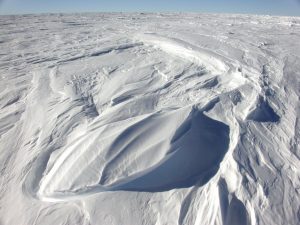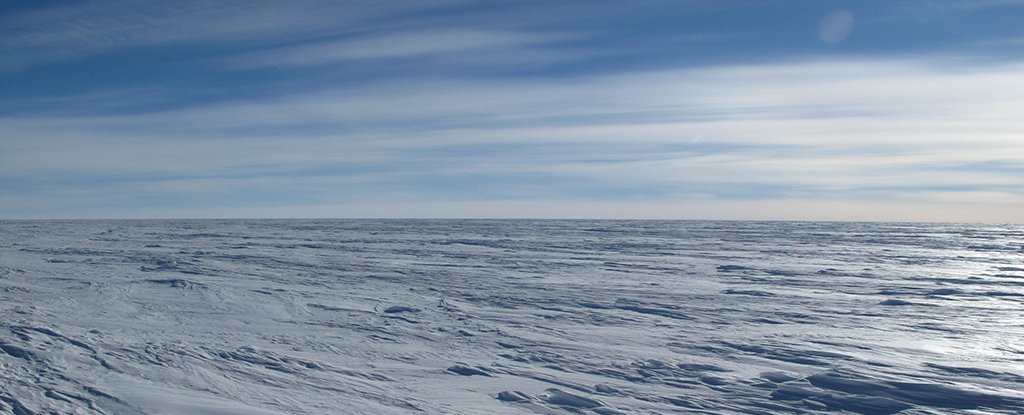Beyond Frigid : Antarctica
"They occurred in small hollows two to three metres deep in the surface of the ice, on the southern side of high ridges on the plateau."
Antarctic frigid temperature study
"There's a limit to how long the conditions persist to allow it to cool to these ultra-low temperatures, and a limit to how much heat you can actually get through the atmosphere, because water vapour has to be almost nonexistent in order to emit heat from the surface of these temperatures."
"Going forward in time, I think we could see that the lower limit might slowly start to rise, as we put more carbon dioxide in the air, and water vapour in the stratosphere starts to increase."
Ted Scambos, scientist, National Snow and Ice Data Center
 |
Roald Amundson and Robert Scott and their crews each separately racing to be the first at the South Pole experienced life-threatening hardships negotiating the icy terrain and the frigid temperatures of the Antarctic, along with miserably inclement weather and long-lasting storms that kept them in their tents hoping to survive for weeks at a time in the hostile-to-life frozen environment. Even they, suffering through difficult months of surmounting -40C and -50C weather days, with high, brutal winds and sight-impairing snow conditions, however, would never have imagined a penetrating cold of -88C to -144 C.
The presence of such minus temperatures as -93 degrees Celsius was left to the present century and intrepid research scientists who have discovered the planet's coldest areas. It is unimaginable to think of cold that can descend to minus-100 degrees at night through the Antarctic winter. No living thing could conceivably survive. On the other hand, there are scarce living things to survive in that geographic location, in that prevailing atmosphere, and in the face of the most alien-to-life weather systems, that plague the South Pole.
 |
| Persistent winds shape the surface of East Antarctica’s snow into small dune forms called ‘sastrugi’. Credit: Ted Scambos, NSIDC/University of Colorado-Boulder |
A new study published in Geophysical Research Letters found, with the help of weather satellites, "approximately 100" sites in the Antarctic where low temperatures of around minus-144C were found during the winters of 2004 to 2015, These are temperature lows that outrival the average temperature on Mars with its minus76C average. The locales were observed to be in dips and hollows close to the top of East Antarctica's Ice Sheet, occurring at elevations of around 3,8700 to 4,000 metres, during July and August.
Russia's Vostok Station was the locus for the previous coldest temperature ever measured on Earth at minus 89C in 1983. Satellite data analysis dating to 2013 took in 32 years of data to conclude colder temperatures to be present closer to minus 135C. It seems that minus 144 represents the theoretical minimum for the coldest temperatures could plunge, according to the research; possible only under conditions where the sky is clear and winds calm, to allow residual heat to radiate away from Earth's surface back into space.
If the atmosphere is as dry as it can possibly become, water vapour which retains heat in the atmosphere cannot interfere. With extremely dry air on a prolonged basis, temperature can be reduced beyond 144, but marginally. Measured, needless to say, from a safely existential distance thanks to the kind of modern technology that Amundson, the first to discover the South Pole, might never have imagined.
 |
| The East Antarctic Plateau. (Ted Scambos/NSIDC/CU Boulder) |
Labels: Antarctica, Nature, Research, Science, Temperature

<< Home